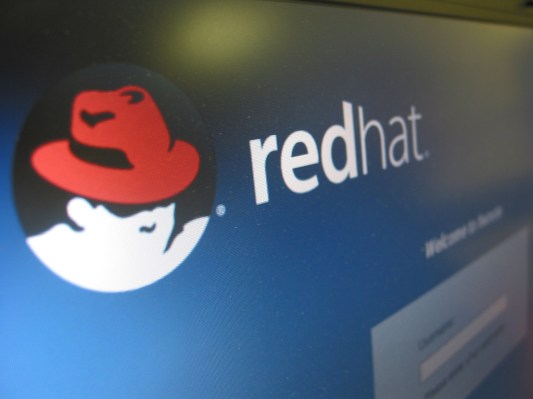Red Hat released version 7.0 of their Red Hat Enterprise Linux (RHEL) flagship operating system today. It boasts Windows interoperability, a new default file system, Docker containerization and guarantees 10 years of support across any future major or minor releases.
Perhaps most importantly it updates the underlying Linux kernel that was used in RHEL 6.x from 2.6.32 to 3.10. All of this points to a much-needed modernization of RHEL says Richard Fichera, a Forrester analyst who covers infrastructure and operations,
“This is important for Red Hat since it allows them to play catch-up and a bit of leap-frog with SUSE, bringing their release into the 3.x series kernel sequence, and in general because it introduces a bunch of useful improvements for their customers,” Fichera told me in an email.
In an effort to provide more stability for its customer base, Mark Coggin, senior director of marketing at Red Hat, says they have guaranteed that they will support this release for 10 years. Coggin says this is a serious commitment to customers by Red Hat and means providing bug fixes, security releases and updates for the 10 years.
He says they worked hard in this version to make it easier to install, manage and deploy RHEL, and that means including interoperability with Windows Active Directory and automated scripting to help sys admins during the upgrade process. Coggin admits that no upgrade is trivial, but they are providing the tools sys admins require to see what needs changing or altering before upgrading to ease the process.
Fichera says this goes a long way toward ensuring simplicity for sys admins. “RHEL 7 contains a range of improvements to make it simpler to install and lower overhead to manage, including in-place upgrades of an existing RHEL system, rollback capabilities, and templatized deployment via “profiles”, which allow configuration definitions to be specified for specific workloads and deployed on demand. After the installation, the distribution contains a vastly improved set of runtime management and monitoring capabilities to enable optimal runtime performance,” he explained
The Docker compatibility is also significant says Al Gillen, who covers servers and systems software for IDC. “This release is particularly important because of the Docker (Linux container) support that is incorporated in the product. The Red Hat folks feel that Linux container technology will be especially useful for service providers and for customers wanting to have better version-to-version application portability, and I would agree with this contention,” he said.
The update also changes the default file system from EXT4 to XFS, explained Coggin, but offers support for a variety of other file systems, should customer require it. Forrester’s Fichera says this is important.
“The Linux kernel now includes a wide range of file systems, ranging from an improved EXT (the most widely used Linux file system) to XFS (for very large file systems up to half a Petabyte) and a beta version of btrfs (a geeky contraction of “Better File System)…,” he told me. ”
It’s been 3.5 years since the last major RHEL update and question remains about whether companies are looking for large upgrades like this one, or if they want a more gradual, continuous upgrade process. IDC’s Gillen says the industry is split on this point.
“We feel that the industry is going through a fundamental split, where customers will have to make a decision for using infrastructure solutions that have continuous upgrades (such as Amazon, Microsoft Azure, Fedora, iOS, etc.), versus the classic IT control point that allowed IT to decide if, and when, updates are allowed to be applied to their infrastructure,” Gillen explained.
But he added that certain companies need this latter approach, especially in regulated industries. Red Hat’s Coggin says they are reviewing how they deliver updates, but that their customer base typically has certain expectations about this.
“We are the leader in market for commercial Linux with a huge cadre of customers who expect a [certain] release cadence and lifecycle,” but he said, “We are evaluating what a life cycle means.” He explained they have introduced software collections and toolsets that do have more frequent releases for those companies that want that, but a lot of their customers require stability and they want to provide a path for both types of customers moving forward.
Coggin said close to 10,000 customers participated in the RHEL 7 Beta with 60 of those what he called “high touch” participants, whom they kept in close contact with for detailed feedback about the product.
